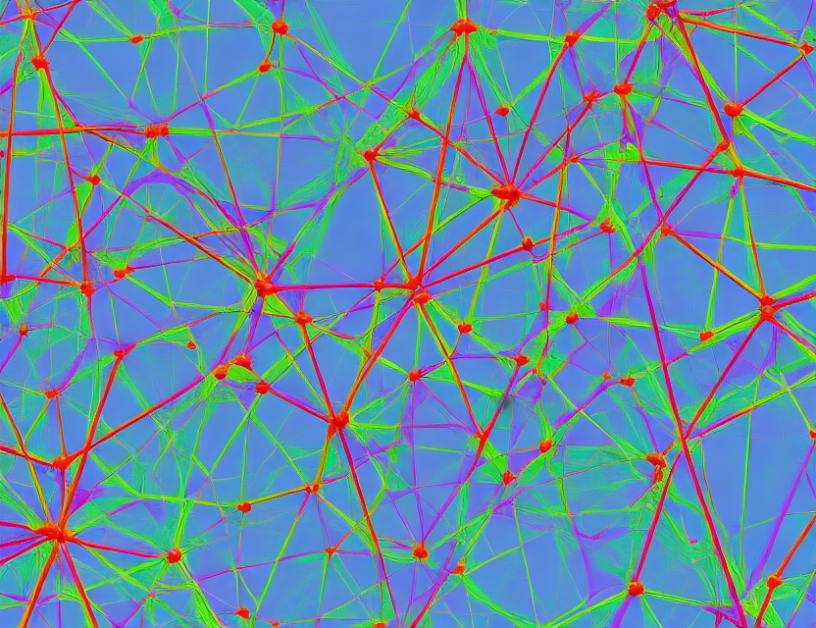In this article, we dive into the world of algebraic computations, specifically the process of reducing polynomials modulo an ideal. We explore how to use Gröbner bases, which are like a set of building blocks for polynomials, to simplify these reductions. Our focus is on the "lexicographic Gröbner basis," a specific type of Gröbner basis that helps us handle polynomials with integer coefficients.
To understand why this is important, imagine you have a bunch of puzzle pieces in different shapes and sizes. These pieces represent the polynomials you want to reduce modulo an ideal. The lexicographic Gröbner basis acts like a magic tool that puts these pieces together in a way that simplifies the reduction process.
We discuss the "Hermite normal form" which is another magical tool used in this process. It helps us transform the polynomials into a more manageable form, kind of like a game of Tetris where we rotate and move the puzzle pieces around to fit them together perfectly.
The article also touches on the concept of "height," which refers to the magnitude of a number in a particular context. In this case, it measures how complex or "tall" a polynomial is compared to others. We discuss how the lexicographic Gröbner basis helps us control the height of the polynomials we work with.
Finally, we provide some insights on the runtime complexity of the algorithm, which refers to how long it takes to complete the computation. We use everyday language and analogies to help readers understand these complex concepts without oversimplifying them. Overall, this article aims to make the fascinating world of algebraic computations more accessible and easier to grasp for an average adult reader.
Commutative Algebra, Mathematics
Hermite Normal Forms and Detaching Basis in Bivariate Polynomial Computation



